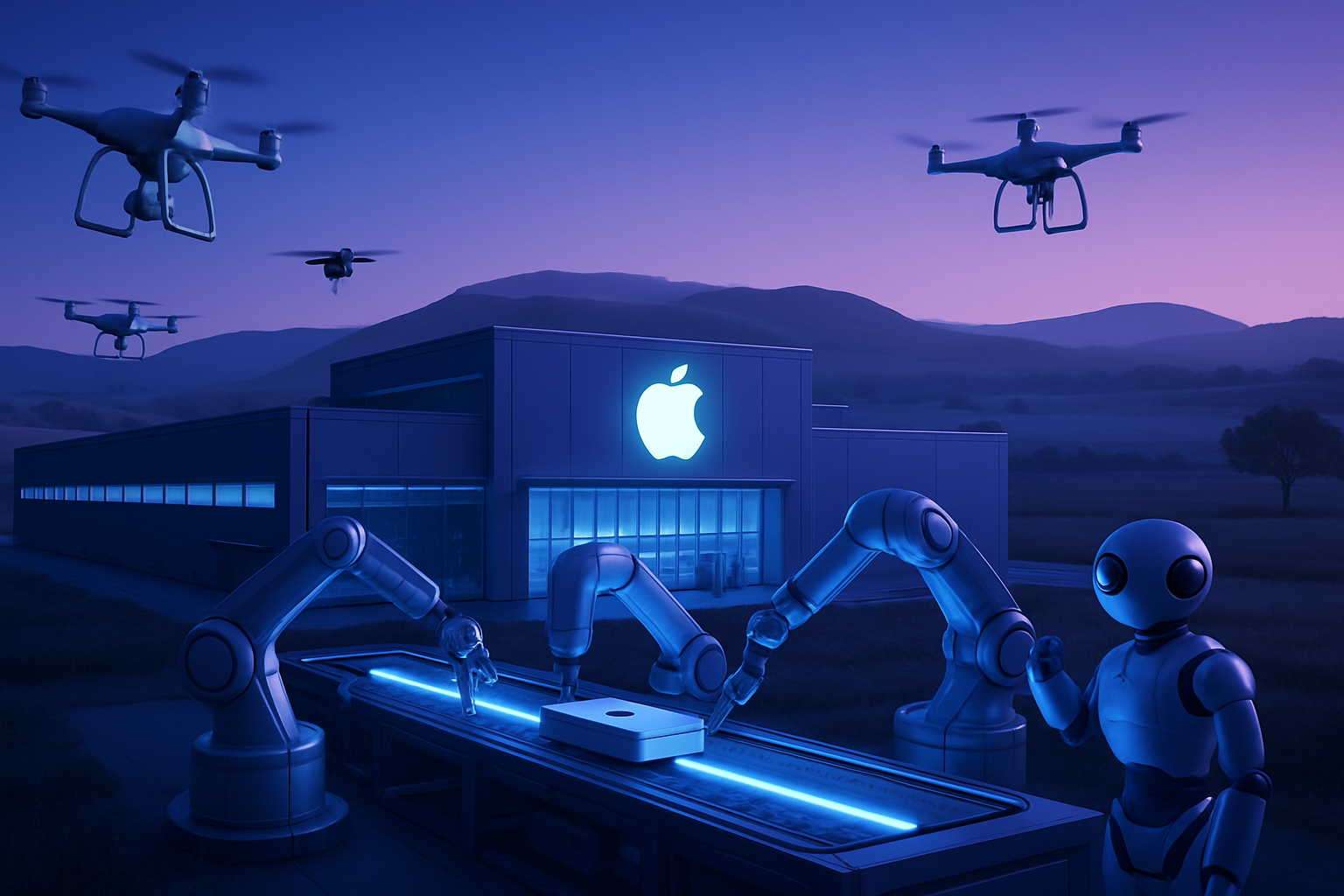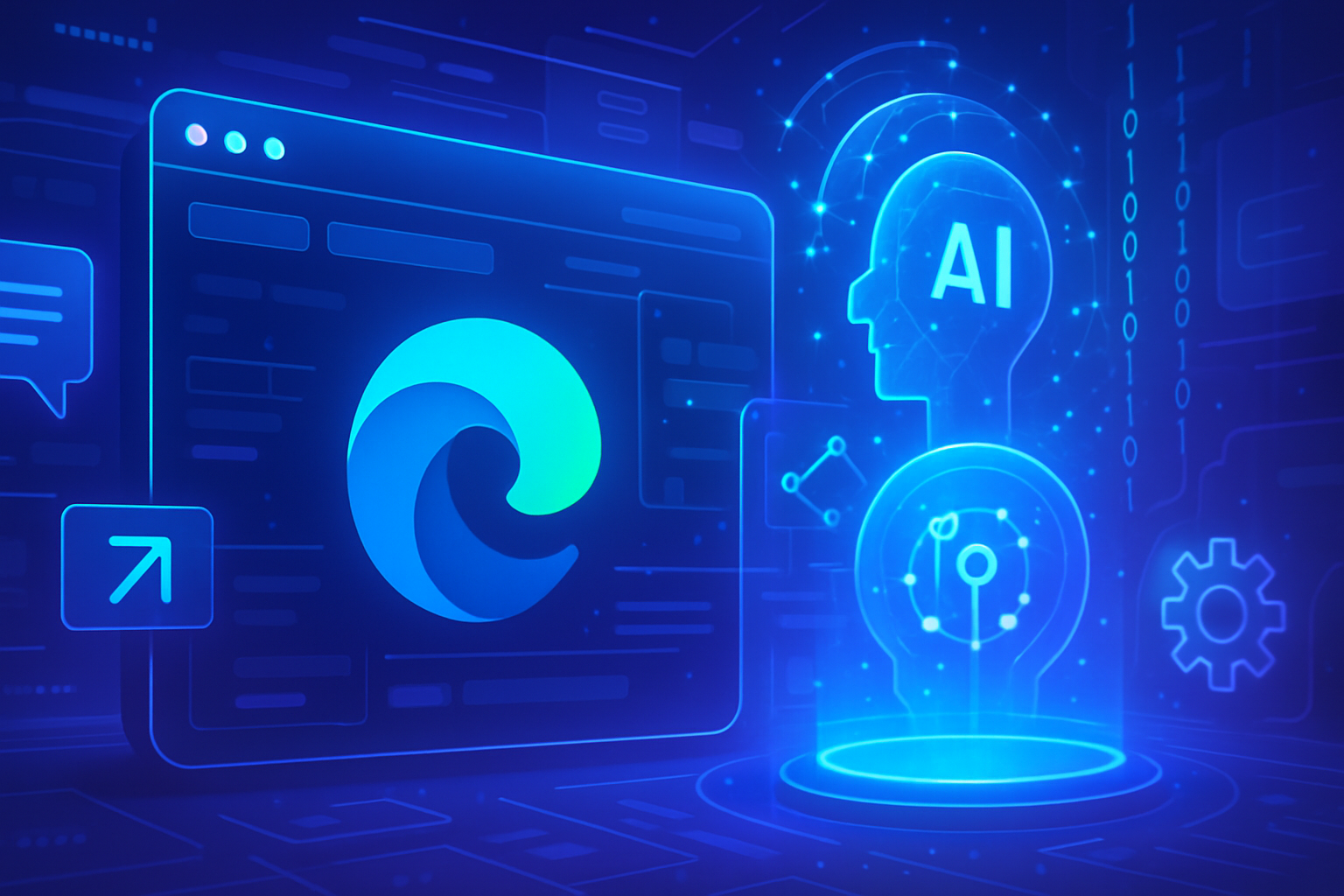Larry Page, a technology visionary, launches a new chapter. Dynatomics, his innovative startup, is tackling the manufacturing sector with AI-based solutions. _This initiative could reshape the industry_, transforming archaic processes into agile systems. Silicon Valley is becoming the epicenter of a technological revolution, where AI drives productivity to unexplored heights. _The impact on the value chain will be unprecedented_, promising a future shaped by unprecedented efficiency and disruptive innovations.
Larry Page launches Dynatomics
Larry Page, co-founder of Google, recently announced the creation of Dynatomics, an artificial intelligence (AI) startup located in the heart of Silicon Valley. This ambitious project aims to transform the manufacturing sector through advanced AI technologies. Page hopes to revolutionize how manufacturing companies operate, increasing both efficiency and productivity.
Objectives of Dynatomics
Dynatomics aims to develop AI systems capable of optimizing production lines. The technologies considered include the use of AI models for demand forecasting, inventory management, and process automation. These innovations should significantly reduce the operating costs of companies while enhancing their competitiveness in the global market.
Impact on the manufacturing sector
The manufacturing sector is facing unprecedented challenges, particularly regarding sustainability and efficiency. Dynatomics offers AI-based solutions to address these issues. With sophisticated algorithms, companies will be able to anticipate consumer behaviors and adapt their production methods accordingly. These changes should also contribute to reducing the carbon footprint, a major concern in the current economic context.
Economic and technological context
The launch of Dynatomics comes at a time when many tech companies are investing in AI to differentiate themselves from the competition. In particular, companies like Microsoft and Amazon are ramping up their efforts in this field. Microsoft has announced a series of initiatives to revitalize its Bing search engine and compete with Google by integrating AI technologies. Amazon, for its part, recently launched an AI-powered Alexa service, demonstrating the growing importance of this technology in the industrial sector.
Investments and ambitions
Larry Page has already planned to make substantial investments in Dynatomics, exceeding $500 million. This initiative reflects his belief that AI will radically transform the industrial landscape. By surrounding himself with a team of renowned experts in AI technologies and engineering, Page aims to ensure that Dynatomics will be at the forefront of innovation.
Industry reactions
Industry experts welcome this initiative with a mix of enthusiasm and caution. The emergence of Dynatomics could potentially redraw the boundaries of the market. The challenges associated with implementing AI in complex manufacturing environments remain considerable. However, several analysts note that this approach could instill a beneficial wave of change, promoting the adoption of AI tools by traditional companies.
Future prospects
Larry Page’s vision for Dynatomics relies not only on economic profitability but also on principles of sustainable innovation. Future developments of the company may focus on exploring new applications of AI in various fields such as health and automotive. Moreover, the rise of AI raises ethical and regulatory questions that Dynatomics will need to address carefully to prevent potential missteps.
Climate issues, armed conflicts, and the need for technological innovation align the objectives of Dynatomics with significant societal concerns. This dynamic encourages many stakeholders to mobilize around AI projects, indicating a fundamental shift in how companies envision their future.
Frequently asked questions
What is Dynatomics and what is its main objective?
Dynatomics is an artificial intelligence startup founded by Larry Page, whose objective is to revolutionize the manufacturing sector in Silicon Valley by using advanced technologies to improve efficiency, productivity, and sustainability of industrial processes.
How does Dynatomics plan to use artificial intelligence in the manufacturing sector?
Dynatomics plans to integrate artificial intelligence into various aspects of manufacturing, including supply chain optimization, predictive maintenance of machines, and process automation to reduce costs and improve product quality.
Who are Dynatomics’ main competitors in the field of artificial intelligence for manufacturing?
The main competitors of Dynatomics include established companies such as Siemens and GE, as well as other innovative startups exploring AI solutions for industrial production.
What are the implications of Larry Page’s initiative for the Silicon Valley economy?
Larry Page’s initiative with Dynatomics could encourage innovation and competitiveness in the manufacturing sector, create new jobs, and attract more investments to the region, thereby strengthening Silicon Valley’s position as a technological leader.
What types of technologies will Dynatomics’ artificial intelligence aim to develop?
Dynatomics focuses on developing advanced technologies such as machine learning, real-time data analysis, and autonomous systems to improve manufacturing processes while minimizing environmental impacts.
How does Dynatomics plan to address ethical concerns related to the use of artificial intelligence?
Dynatomics is committed to promoting transparency and ethics in its operations, integrating security protocols, and ensuring that the technologies developed respect workers’ rights and the environment.
What are the growth prospects for Dynatomics in the coming years?
With the increasing demand for AI solutions in industry, the growth prospects for Dynatomics seem promising, particularly by diversifying its offerings and expanding its customer portfolio across different manufacturing sectors.
Are there any strategic partnerships planned by Dynatomics?
Dynatomics plans to form partnerships with other technology companies, universities, and research centers to foster collaborative innovation and improve access to cutting-edge resources in artificial intelligence.





